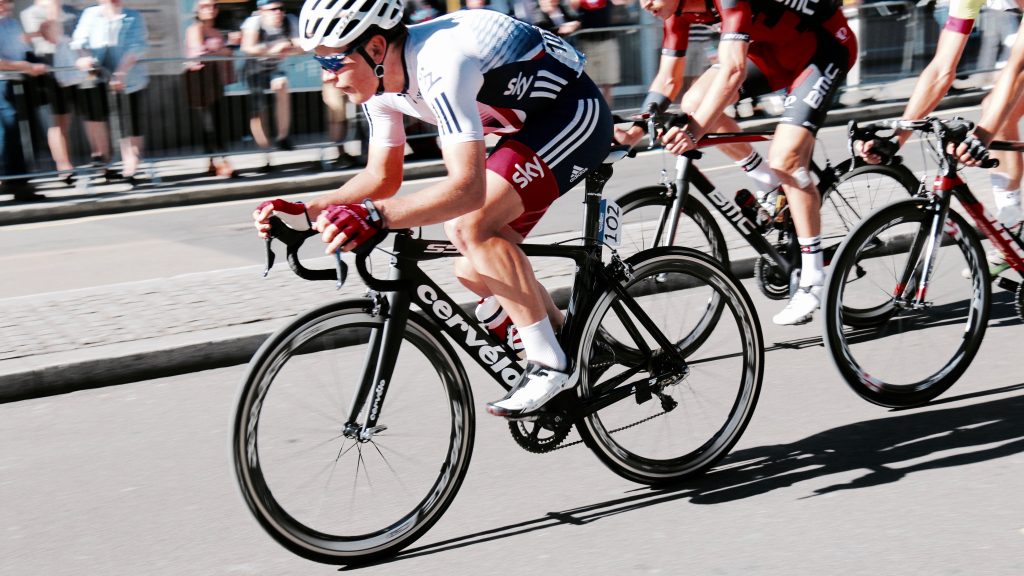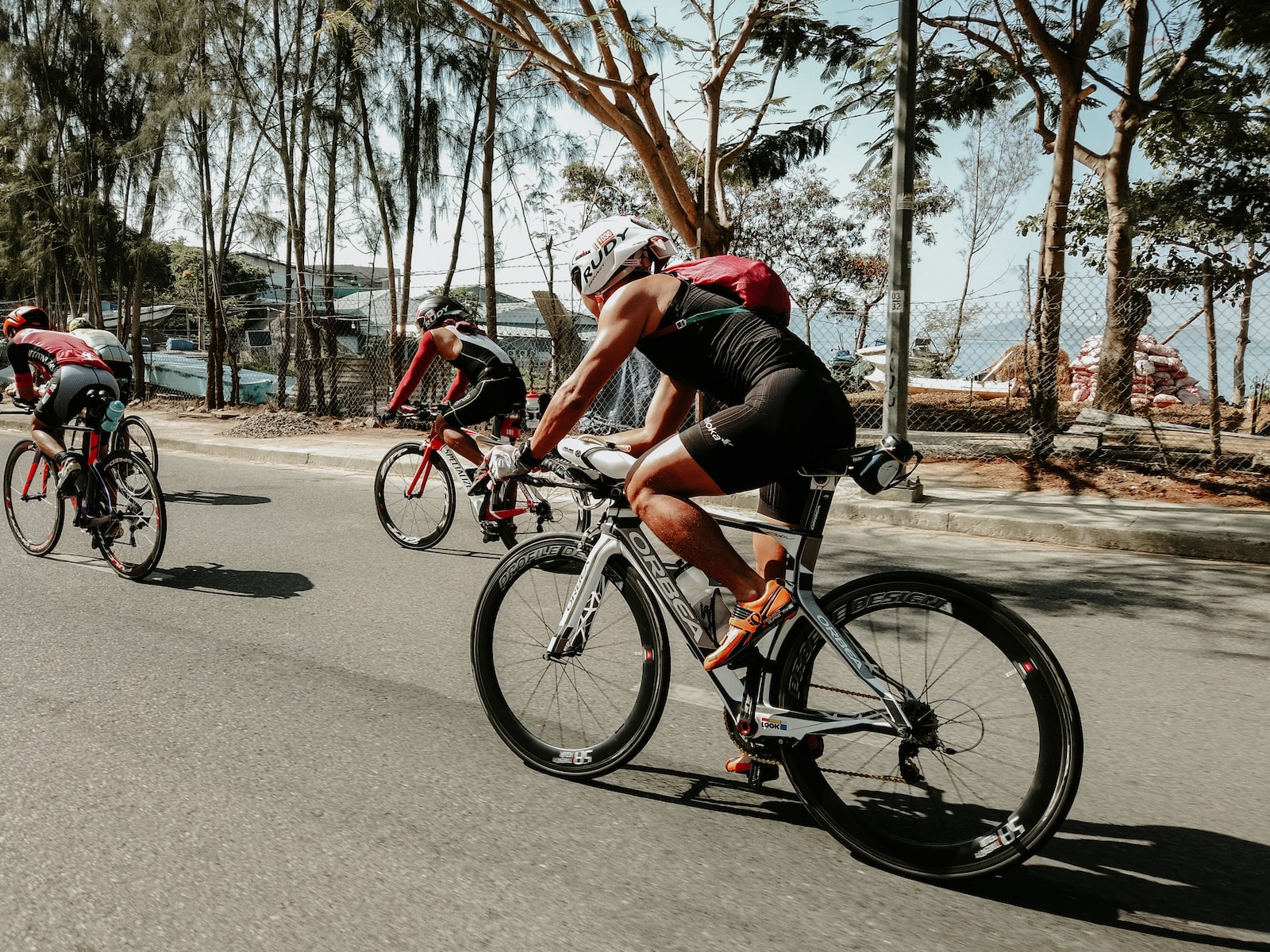
So, you’ve just finished your race and people are already asking “what’s next?”. This is the last thing you want to hear straight after the race when you’ve spent the last 8-12 weeks training for it.
As the finish line for the racing season approaches, here at Summit Physio, we believe it’s a good time to start thinking about your recovery period. We understand some of you may want to hit the ground sprinting to counteract the slowing momentum of the competitive season. However, it’s important to take some time to rest and recover before you begin training again. This blog will give you some tips and tricks to help maximize your recovery before you start with your training and help answer the dreaded question… “what’s next?”.
Rest Days
If you’re someone who over trains and feels guilty when they take a day off…STOP IT! Your body repairs and strengthens itself in the time between workouts. Furthermore, continuous training can actually weaken the strongest athletes. In the worst-case scenario, too few rest and recovery days can lead to overtraining syndrome which can be an extremely difficult condition to recover from.
Rest days are critical to sports performance for a variety of reasons. Some reasons are physiological and some are psychological. Recovery is physically necessary so that the muscles can repair, rebuild and strengthen. For recreational athletes, building in rest days can help maintain a better balance between home, work and fitness goals
Types Of Recovery
Did you know there are two types of recovery? There is immediate (short-term) recovery from an intense workout or event. Then there is a long-term recovery that needs to be built into a year-round training schedule. Both types are very important for optimal sports performance.
Long-term recovery refers to those that are built in to a seasonal training program. Most well-designed training schedules will include recovery days and or weeks that are built into an annual training schedule.
Each To Their Own
Basically, your off-season will vary based on your past performance and current health. If you’ve had a season filled with aches and pains, the offseason should include time off to heal the body. For some, this could mean 1-4 weeks of low-impact training including; cycling, swimming or strengthening and flexibility exercises. Others may be able to heal by simply laying off the moderate, hard and long runs and sticking to shorter ones.
If you had a strong season performance your off-season may start with several weeks of short, easy-effort runs to recover from races and then evolve into a playful mix of workouts at varying intensities including fartlek, intervals, tempo, hills and easy runs. When we’re not constantly progressing our mileage and intensity week to week as we do in a structured training program, the body can recover more readily. And when you invest in the off-season, the chances that you will have stronger race seasons are much greater.
Conclusion
In conclusion, it is this alternation of adaptation and recovery that takes the athlete to a higher level of fitness. High-level athletes need to realize that the greater the training intensity and effort, the greater the need for planned recovery. Monitoring your workouts with a training log, and paying attention to how your body feels and how motivated you are is extremely helpful in determining your recovery needs and modifying your training program accordingly.
So, when someone asks you “what’s next?” tell them “RESTING!”.
References
- Runnersworldcom, J.H. 2016. Runner’s World. [Online]. [15 August 2019]. Available from: https://www.runnersworld.com/uk/training/a775293/why-taking-an-off-season-is-important/
- weateliteco, M.F. 2017. Sweat Elite. [Online]. [15 August 2019]. Available from: https://www.sweatelite.co/the-end-of-season-rest-periods-of-the-worlds-best-athletes/
- Highfivecouk. 2017. HIGH5. [Online]. [15 August 2019].



